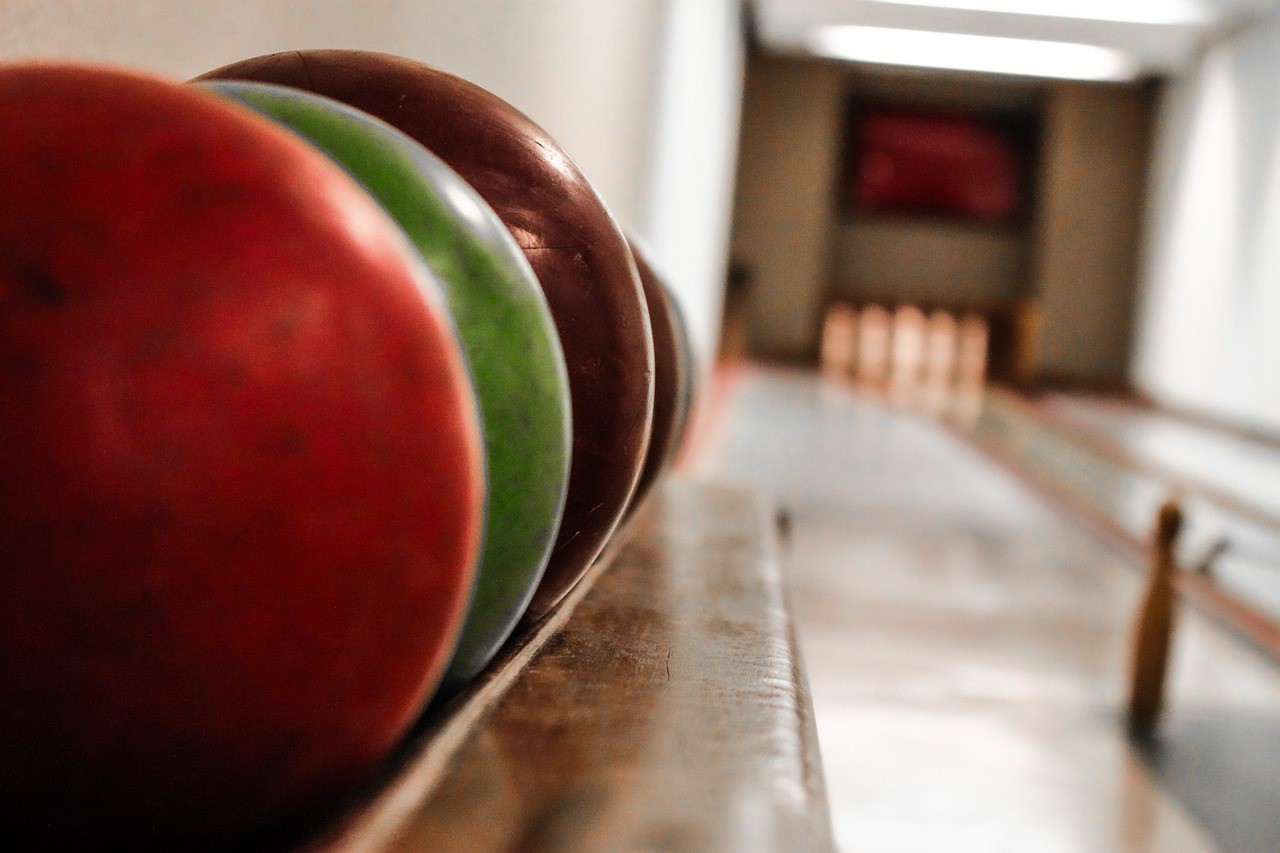
5 Tips and Techniques for A Better Bowling Score
March 5, 2020
How to Lower the Cost of Home Care for Seniors
March 5, 2020When you are working with drywall, you have some leeway with respect to committing any mistakes. You always want to be careful not to do it improperly and end up with shoddy workmanship, however, should you have a minor mishap, it’s not the end of the world. That’s certainly not the case with other aspects of home in-home repairs and improvements, such as electrical or plumbing work.
But that’s not to suggest you can go into this work without the required level of skill and careful attention to detail. Hanging drywall is one of those tasks that you get a whole better at performing the more often you do it. It’s like anything else, practice makes perfect, but some of your first-time DIYers may need some more help than those veterans who have worked with this material before.
No matter, we have five helpful tips for anyone attempting to do the work of drywall installation or drywall repair in their home without the assistance of a trained professional. Take these all under advisement as you get to work on your drywall project and you may find the results are even better than you anticipated.
Table of Contents
Toggle1. Hang Your Panels Flat and Level
Sounds like a common sense hint but you would surprised how many do-it-yourselfers don’t put all that much thought into getting this fundamental aspect of the job right. If you hang drywall on a plane of a wall or the ceiling that is not perfectly flat and level, you will start to see the folly of your labors sooner than you think.
These will emerge in the form of a panel that is starting to show signs of bowing and cracking long after the work has been completed. So, take the additional step or two to confirm that your wall and ceiling are flat and level. You might need to do a little extra work but you’ll be glad you did.
2. Horizontal Not Vertical
Your ability to install your drywall panels will depend largely on your approach to the work. For hanging drywall in a residence, you want to go horizontal instead of vertical with your installation. This is done to reduce the number of seams that could be visible to the naked eye once the work is finished.
Horizontal installation will leave you with just the one seam, if you are putting up drywall that runs about twelve feet in length. If you install the panels vertically, you will be left with multiple seams running from the floor to the ceiling. That is going to much tougher to conceal.
Even better, horizontal installation also gives the wall a greater level of structural integrity and strength.
So, when you’re ready to get to work, put up those panels in a horizontal position.
3. Find Your Studs First
Ahead of your installation efforts, find and mark the centered positions of the wall studs at the ceiling and the floor. Doing this before you hang the drywall panels will make it a whole lot easier to insert your drywall screws and ensure they are properly secured.
The way you mark the areas and the straight line where you decide to drive the screws is entirely up to you, just be careful that you know where the stud is located and then start to drive the screws into your panels. But don’t mark up your panels too much or too dark, those marks could eventually start to show up from underneath your paint job.
4. Be Careful How You Cut Your Panels
This may sound strange to some of your newbies, but you don’t exactly cut your drywall as much as you snap it. But while cutting is still a part of the process, it may seem more than a bit confusing as to the best way to get the work done.
So, let’s walk you through it really quick – you are going to score one side of the panel with a utility blade or box cutter, X-acto knife, anything that is sharp and lets you be really precise in your cutting capability. Once you’ve scored the panel all the way (you’re going to be doing this length-wise, keep that in mind), you will then use your knee or some blunt object against the opposite side in an effort to snap the panel in half.
This is meant to allow you to break the panel nice and clean along the perforation. But the board will only be snapped in half, you will then need to take your blade and cut at the fold to finally sever the two segments from one another.
5. About Your Screws
Finally, this tip is the easiest and shortest to remember. When you drive your screws into the drywall make sure you get screws with coarse and not fine threads. Coarse threads hold their position better and they are easier to put in. On top of that, don’t drive them in too far or you could end up cracking the paper facade of your drywall.





